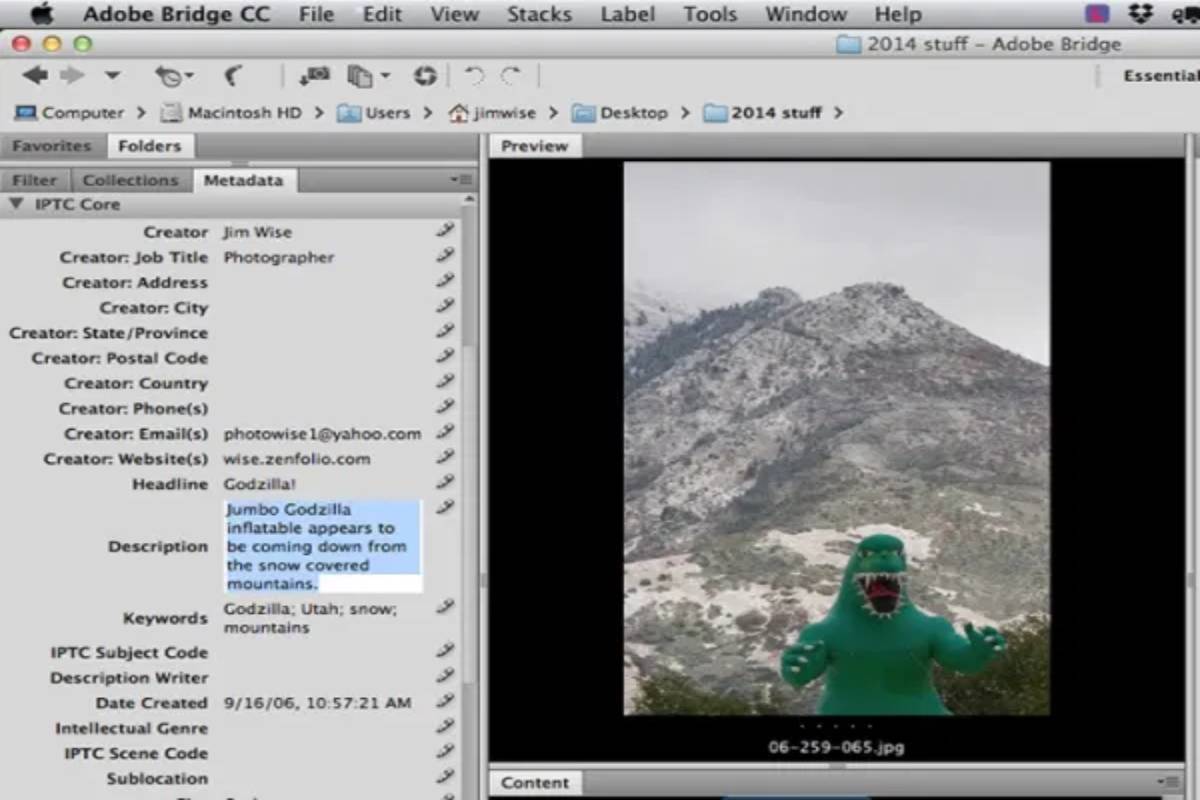Metadata is just data about data. And our context, it’s information about our content, place in pre-defined fields.
Metadata ensures we are collecting the same information about each content item. You can have different metadata for different content types.
And such as image, video, event, article, and landing page. Each metadata field defines as a specific type of field, just as in a database.
We can take fields like a text field, a date field, a contact field, a controlled list field, among others.
Table of Contents
How Do We Define Content Kinds?
- Once we take this list of fields that we need, we need to define each content type’s areas.
- As with any specification, we can list out fields for the content type, whether they appear on the page and use for more administrative purposes and not shown to the user.
- For example, the business unit did not display to the user, but the topic and content type may be.
- Each content type must list:
- The metadata fields
- The on-page fields (we may and may not know these in the early stage of development, so it’s ok it iterate on this area)
- Whether each field is required or not
- The allowing value (date, text, contact, controlled list, number, etc.)
- And the number of times the field can use do we allow it to use once, and do we allow multiple values for the area?)
- These fields must program into the CMS with the help of the appropriate developer.
Who Adds Metadata?
- Now that we take the metadata we want to collect programmed into our CMS, we need to collect the actual values.
- Also, at the appropriate point in our content workflow process. We might delegate metadata creation along these lines:
- Subject matter experts SMEs assign the topics the content is about and at whom the content target.
- And content authors who are writing the content and working in the CMS input the format, expiration date, content type.

